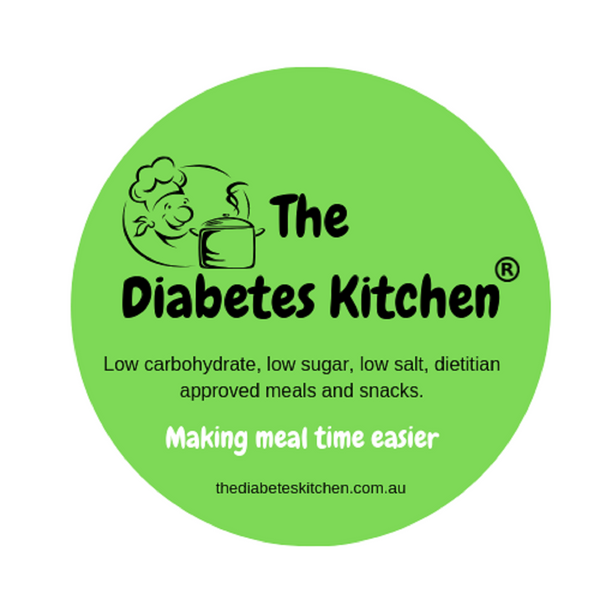Symptoms, Treatment, and the Road Ahead
Hearing the word pre-diabetes can be unsettling—but it's also an opportunity. It means your body is showing early signs of blood sugar imbalance, and you're being given a chance to turn things around before it develops into full-blown diabetes. With the right steps, pre-diabetes can often be reversed. Understanding what it is, how to spot it, and what to do about it can make a big difference in your future health.
Let’s dive into what pre-diabetes really means, how to recognize the symptoms, treatment options, and how likely it is to progress into Type 2 diabetes.
What is Pre-Diabetes?
Pre-diabetes is a condition where your blood sugar (glucose) levels are higher than normal, but not high enough to be diagnosed as Type 2 diabetes. It's a warning sign from your body that things are off balance.
Glucose is the sugar that comes from the food you eat, and it’s your body’s main source of energy. Normally, insulin—a hormone made by the pancreas—helps glucose enter your cells to be used as fuel. In pre-diabetes, your body either doesn’t use insulin well (insulin resistance) or doesn’t produce enough of it, so sugar starts to build up in your blood.
You are generally considered pre-diabetic if:
-
Your fasting blood sugar is between 5.6 and 6.9 mmol/L
-
Your HbA1c level (a 3-month blood sugar average) is between 5.7% and 6.4%
Who is at Risk?
Pre-diabetes is quite common, especially in Australia, where it's estimated that nearly 1 in 6 adults have it—many without knowing. You're more likely to develop pre-diabetes if you:
-
Are overweight, especially around the waist
-
Have a sedentary lifestyle
-
Are over the age of 45
-
Have a family history of Type 2 diabetes
-
Have high blood pressure or cholesterol
-
Had gestational diabetes during pregnancy
-
Are of Aboriginal, Torres Strait Islander, Pacific Islander, or South Asian descent
Symptoms of Pre-Diabetes
One of the tricky things about pre-diabetes is that it often has no noticeable symptoms. That’s why many people don’t find out until it progresses to Type 2 diabetes.
However, some subtle signs to watch for include:
-
Fatigue or feeling unusually tired
-
Increased hunger or cravings
-
Blurred vision
-
Frequent urination
-
Increased thirst
-
Slow-healing cuts or frequent infections
-
Darkened skin patches (especially around the neck, armpits, or groin)
Even if these symptoms are mild, they can be important early warning signs.
Can Pre-Diabetes Be Reversed?
Yes—this is the good news! With the right lifestyle changes, pre-diabetes can often be reversed, and blood sugar levels can return to a healthy range.
Key treatment options include:
1. Healthy Eating
Focus on whole foods with a low glycaemic index (GI), such as:
-
Vegetables and fruits (especially berries, leafy greens)
-
Whole grains (oats, quinoa, brown rice)
-
Lean proteins (chicken, fish, legumes)
-
Healthy fats (avocados, nuts, olive oil)
Avoid or limit:
-
Refined carbs (white bread, sugary cereals)
-
Sugary snacks and drinks
-
Fried or heavily processed foods
2. Regular Physical Activity
Aim for at least 30 minutes of moderate exercise most days of the week. This could include walking, swimming, dancing, or cycling. Exercise helps your body use insulin more effectively and lowers blood sugar levels naturally.
3. Weight Loss
Losing even 5–10% of your body weight can significantly improve insulin sensitivity and lower your risk of progressing to Type 2 diabetes.
4. Routine Monitoring
Work with your doctor to check your blood glucose levels regularly. This helps track progress and identify if further intervention is needed.
5. Medications (if needed)
In some cases, doctors may prescribe medications such as metformin to help regulate blood sugar. This is usually considered when lifestyle changes alone aren’t enough.
What Are the Chances of Developing Type 2 Diabetes?
If left untreated, pre-diabetes can progress to Type 2 diabetes in up to 70% of people over time. However, progression isn't guaranteed—and with early action, the odds shift dramatically in your favour.
In fact, studies have shown that people who make consistent lifestyle changes can reduce their risk of developing Type 2 diabetes by up to 58% (and even more in older adults).
Why Early Action Matters
The sooner you make changes, the better. Pre-diabetes not only increases your risk of Type 2 diabetes, but also your chances of developing:
-
Heart disease
-
Stroke
-
Kidney problems
-
Nerve damage
Taking control early helps protect your long-term health, energy, and quality of life.
Final Thoughts
Pre-diabetes might sound like bad news, but it’s really an opportunity. It’s your body’s early alert system telling you that something needs to change—and the best part is, you have the power to make that change.
By eating well, our ready meals are ideal, staying active, managing weight, and keeping regular check-ups, you can take control of your health and avoid the progression to Type 2 diabetes. With the right support and mindset, pre-diabetes doesn’t have to be the beginning of a health decline—it can be the start of a healthier, more energised you.

